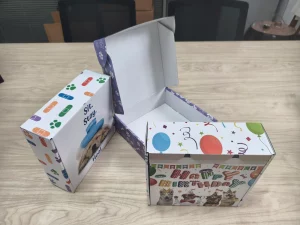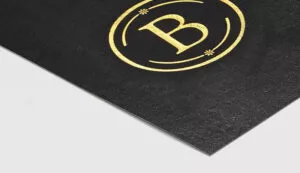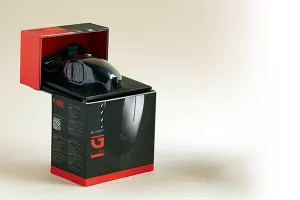Every day in my packaging factory, customers ask me about disposing of magnetic closure boxes. It’s a growing concern as more brands choose these elegant yet complex packaging solutions.
Magnetic boxes can be recycled, but the process requires separating the magnetic components from the paper material first. The paper portion is fully recyclable, while the magnets need special handling.
As a packaging manufacturer with over 10 years of experience, I’ve learned a lot about sustainable packaging. Let me share some key insights about recycling magnetic boxes properly.
Are Magnetic Boxes Eco-friendly?
I remember when a luxury cosmetics brand approached me, worried about their environmental impact. They loved magnetic boxes but questioned if they were making the right choice for our planet.
The eco-friendliness of magnetic boxes depends largely on their design and materials. Modern magnetic boxes can be quite sustainable when made with recycled paper and minimal magnetic components.

Material Composition Analysis
-
Paper Components
- Made from 90-95% recyclable materials
- Often uses FSC-certified paper
- Can include recycled content
- Biodégradable
-
Magnetic Components
- Usually 5-10% of total package weight
- Made from neodymium or ferrite
- Durable and reusable
- Requires special recycling
I’ve seen significant improvements in magnetic box sustainability over the past decade. Here’s what makes modern magnetic boxes more eco-friendly:
- Reduced Magnet Size1: We now use smaller, more efficient magnets that maintain the same closing force
- Papier recyclé2: Our boxes use up to 80% recycled content in the paper components
- Water-based Inks: All printing uses eco-friendly, non-toxic inks
- Minimal Adhesives: New design techniques reduce the need for glues and adhesives
Is It OK to Throw Away Magnets?
During a recent factory tour, a client noticed our magnet recycling bin and asked about proper disposal. This question comes up frequently, as many people aren’t sure how to handle magnetic waste.
Magnets should never go into regular trash or recycling bins. They require special handling and should be disposed of through specialized electronic waste or metal recycling facilities.

Proper Magnet Disposal Methods
-
Collection and Separation
- Remove magnets from packaging carefully
- Keep them separate from regular recyclables
- Store in a designated container
- Avoid mixing with electronic devices
-
Recycling Options
- Local e-waste facilities
- Specialty metal recyclers
- Manufacturing return programs
- Hardware store collection points
-
Impact sur l'environnement
-
Landfill Problems
- Magnets can interfere with sorting equipment
- May leach heavy metals over time
- Take hundreds of years to decompose
-
Benefits of Proper Recycling
- Recovers rare earth elements
- Reduces mining impact
- Saves energy
- Prevents contamination
-
I’ve implemented a comprehensive recycling program in my factory where we:
- Separate magnetic components during production waste handling
- Partner with specialized recycling facilities
- Educate clients about proper disposal methods3
- Offer take-back programs4 for bulk customers
The results have been impressive – we’ve recycled over 10,000 pounds of magnets last year alone, proving that proper disposal is not just possible but highly effective.
Conclusion
While magnetic boxes present unique recycling challenges, they can be environmentally responsible when properly designed and disposed of. The key is separating components and working with appropriate recycling facilities.
-
Explore how smaller magnets contribute to sustainability and efficiency in packaging solutions. ↩
-
Learn about the environmental benefits of recycled paper and its role in sustainable packaging. ↩
-
Learn about effective disposal methods to enhance your recycling efforts and ensure environmental compliance. ↩
-
Discover how take-back programs can improve recycling rates and customer engagement in your business. ↩








